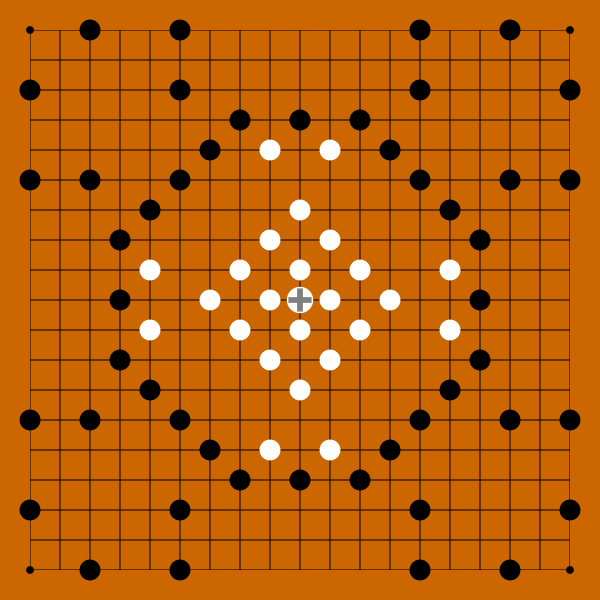However the predecessor to Monopoly was also pointing this one out as well, the Quakier Elisibeth Magie Phillips created a game just after the Great War which was a huge hit. Due to her nature as a Quakier the point of the game was to show more social inequalities of the world and society. And one of the aims of the game was to show the broad evidence of the gargantuin get between the ever richer and the poor who stayed where they were and how she believed wealth should be redistributed and this was one of the aims of the game.
Monopoly borrowed this concept yet it had a simmilar message, it was more based on how the dog eat dor property ownership world worked. When I say this I mean how each player has to buy properties and end up with the most cash at the end of the game as well as make trades, like in the economic world how businesses regularly trample over each other to get to the top to win dominance over each other.
Personally I like how these board games were pointing this out and Elisibeth Magie Phillips was a great believer that games were the way forward in teaching people about the social political stances and issues about how wealth was being very unfairly distributed. These gamed and brought to the masses and they show the every day guy what is actually there and what they are living under and that they don't have to stand for it at all, that they are able to protest about these conditions and get something done.
Later in the episode there is another independent board game which was inspired from three young men watching the news about the latest Afghanistan (or Iraq) war and the outrageously silly they were watching that were being backed by politicians. But one of the best things about the game in my opinion is that the bandanna (auto correct wont let me say the one that covers the entire face) used was brought to a protest at a power station and was considered an offensive weapon, plus due to the satirical themes they are sort of shunned from the mainstream markets yet the game has brought some interesting thought about the whole situation. And the best thing in my opinion, it doesn't preach the designers politics at all, it is just showing what actually goes on in the world and that if you need to get some where and it conflicts with your morals that some times you can justify it.
The next episode mainly talks about the transformation of stories and game from different types of media. For example in the episode he talks about the D&D (Dungeons and Dragons) was inspired by the JR Tolken novels The Lord of the Rings and how the designers captured the feel of the books, characters and environments on the board game and how each time the experience will be different due to different characters and how the game is controlled by the game master. This was hugely popular with adolescent males and the population in the seventies and there was the three day working week to board games as a whole took up a lot of time and helped people escape the misery of their working lives. These games were able to bring people together in spirit and let family bond together due their simple rules yet nice and approachable art styles.
Then of course in the late seventies to earlier eighties computer games started to emerge on personal computers such as the ZX 81. These machines let people play interactive games and stories on their own wit out the need to set up a board with lots of players and due to the easy nature of the language these machines used, many young adults could code works of art form their bed room, and this gave way to Britain being the leading force in the the computer games industry. Then decades later when these machines had more power these games became far more complexed and realistic to play with. They gave the player a fantasy world to play in with out the repercussions to bear. However most of these studios seem to be run by those. who were bedroom programmers in the first place as they have the ability to do so. This means these games are less complex for the average Joe to play and are available to a broader audience. Also due to this the players (who most of which have little to no programming knowledge) have shown enthusiasm in making their own games and level for their favorite games, so the developers allow their players to easily create levels which can be played over the WWW for other to play and enjoy with out having to know much about the complexities of programming.
Personally I like this as this gives the power of creating games and works of art to the masses, some of which have brilliant idea but don't have the know how to do so.

